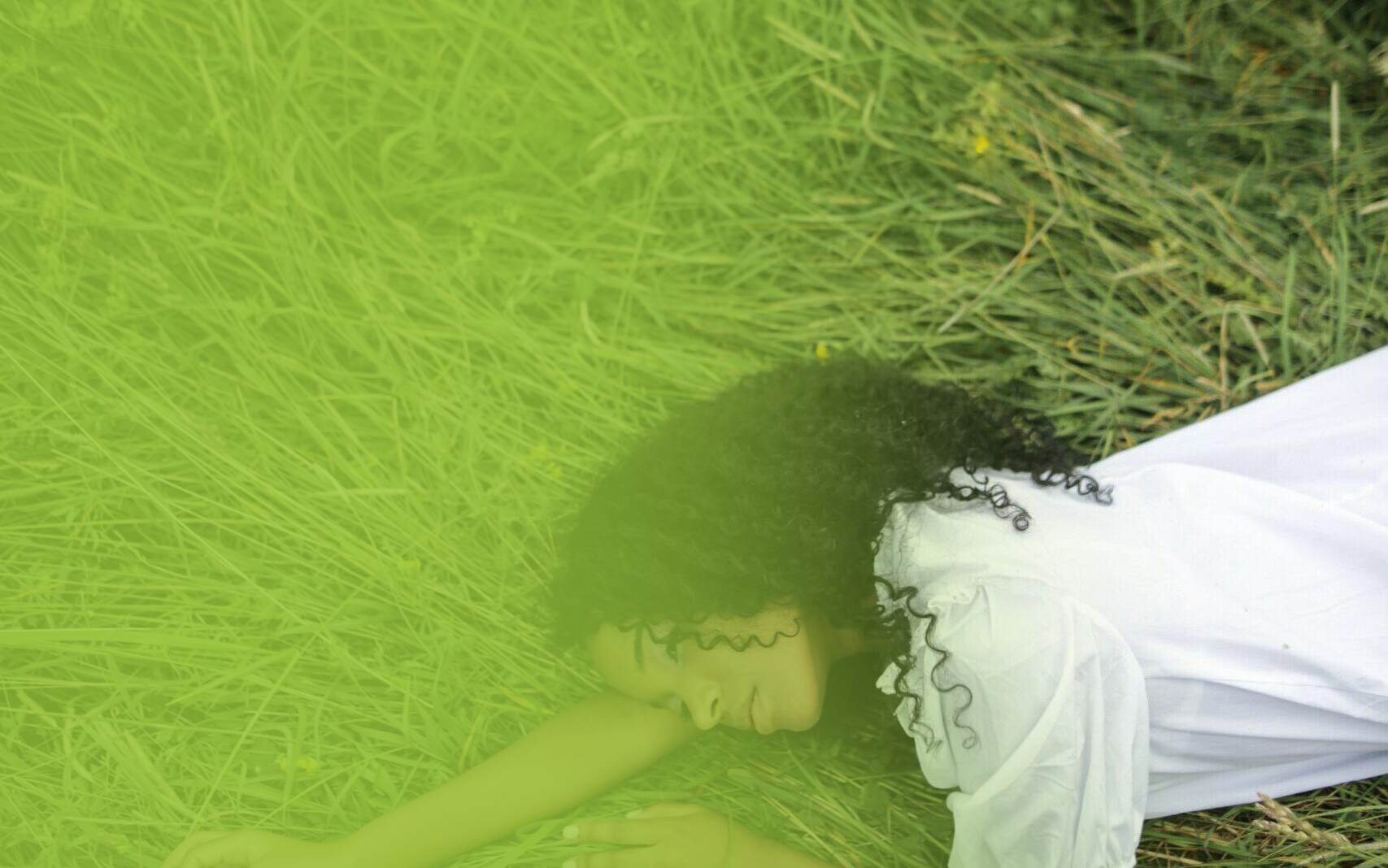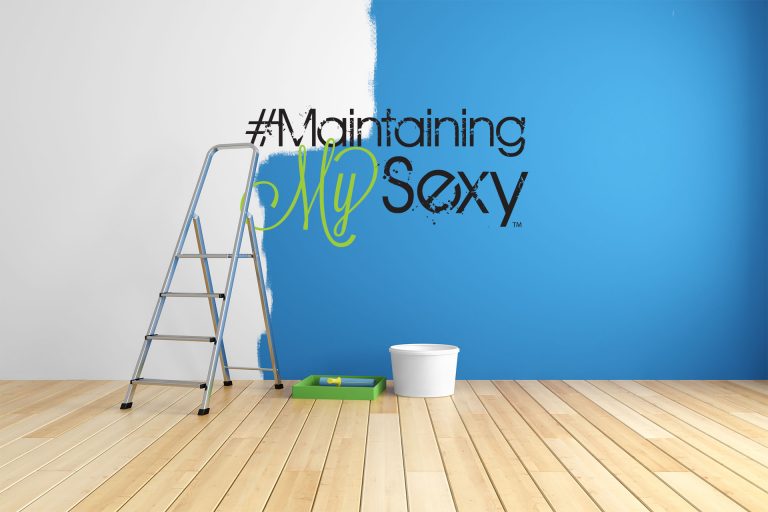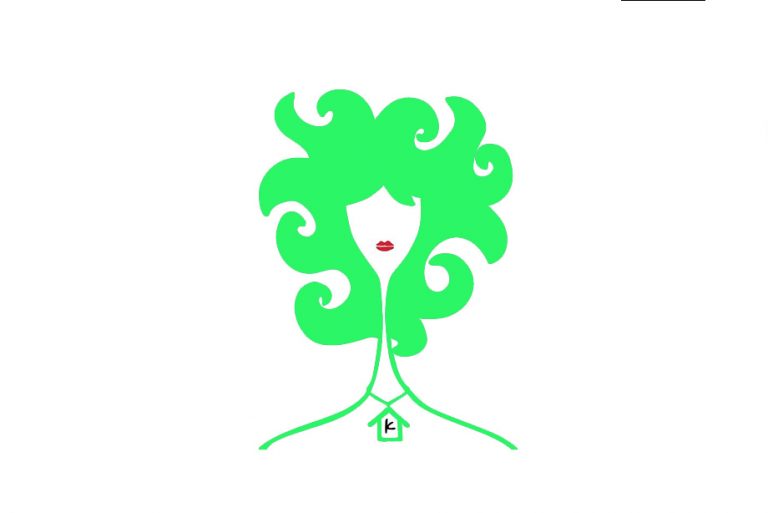by Jedi Reign
In the start of the 2016-2017 school year, attention centered around Butler Traditional High School’s new hair policy and the hairstyles it targeted. The policy stated, “Hairstyles that are extreme, distracting, or attention-getting will not be permitted. No dreadlocks, cornrows, twists, mohawks, and no jewelry will be worn in hair.” Many students and parents felt that the policy targeted natural African American hairstyles and culture; however, Butler’s administration and their site-based decision council (SBDM) assured students that the policy was not meant to target black hairstyles or offend black students. Within the same week the policy was removed, yet discussions about natural hair in school and workplaces remained.
Natural hair is defined as afro-textured hair that has no chemical straightening alterations that change the natural curl pattern including relaxers or texturizers—chemical products used to remove the curl pattern over a period of time and make it straight— which excludes flat-ironed hair. In the past decade, black women have begun to transition to natural hair and this process can take from months to years. Within the natural lifestyle, there are styles like twist outs, bantu knots, afros, and many protective styles: low-maintenance hairstyles that protect the hair from products used and cut down on time spent doing hair. Box braids, Senegalese twists, and several other variations would be considered protective styles.
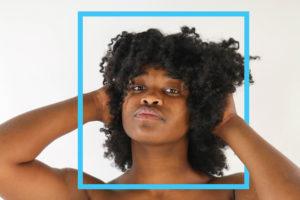
I went natural around 7th grade because my sister went off to college and was my hairdresser. Before she went off to college, she hadn’t taught me how to take care of my hair. I had watched her, but that was it. I learned how to do my own hair and it wasn’t intentional, but I started transitioning. I just knew I couldn’t flat iron my hair as much. My hair changed a lot over the years. And it’s not just looks. Once you go natural you’re basically forced to deal with your hair, yourself, and how God made you… it makes you appreciate who you are naturally. And I’ve learned to accept my hair.
I’m in the visual arts magnet and a lot of the stuff we do is composition based, so if you do a subject or self portrait, the most convenient person you have is yourself. If my hair doesn’t feel right, I can’t do that whole piece. To be honest, I’m still trying to figure out the message in my art; it would say for one it’s ok to have natural hair and two that natural hair is beautiful. That can be depicted either through my brush strokes or the person in my piece having natural hair.” – Diamond Wade
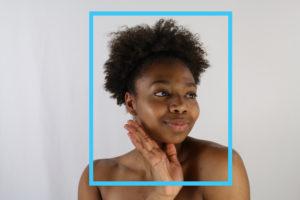
I transitioned about a year and a half ago and was really eager to cut off my hair, so I did the big chop one day in march 2016 before school. I just figured out straight hair wasn’t really for me even though it’s the norm and preferred. It’s taken a while, but I finally realized that I can be me. I feel like I’m meant to be natural. But it’s hard knowing that it’s not as accepted and pushed down like ‘you need to straighten your hair, we don’t need to see this, or it’s wild.’ But I love it, and I’ll do it for the rest of my life.” – Kailei Caggins
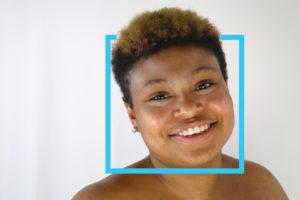
In fifth grade, my mom put the idea of going natural in my head and I said no because I didn’t want cut off all my hair and be bald. So, she [went natural] and showed me what it was like. I liked that her hair was really different: curly and kinky. That was one of the things that made me go natural. After I cut my hair, it took me from fifteen minutes to do my hair, to five tops. When my hair was permed, I would have to do something with it but now I can just get up and go. It costs no time at all and, in fact, it gives me more time back and I just appreciate it. I feel like I am one of those people who will truly keep their hair like this. It’s something new and I like it.” – Ali Shackleford
I stood in front of my bathroom mirror. My eyes opened and closed as I fought my drowsiness. I glanced over the mountainous bear trap on the top of my head and reminded myself not to stress. I grabbed a hair tie from my dresser and put the hair in a ponytail. My eyebrows scrunched together; while I waited for my ragdoll ponytail tail to turn into the picture-perfect one I wanted. I tried to redo it over and over again but to no avail. It seemed like the five-minute ponytail turned into 10, then 20, and then 30. This was going to be a lot harder than I thought.
The first day of freshman year was finally the day my mom let me do my hair on my own and I was thrilled. I thought I could just stick it in a ponytail or a bun and it would look perfect on the first try. I started noticing how regular scrunchies didn’t work for my hair texture and I didn’t have the straightness in my hair like all my friends did. In my eyes, my hair wasn’t pretty enough and it definitely wasn’t long enough. I felt trapped in a space without any room for improvement.
I had never really noticed a difference with my hair in middle school, but high school made me more self-conscious. I thought about getting a perm so it wouldn’t take so long to do in the mornings. Eventually, my hair became unhealthy because I didn’t realize that I wasn’t caring for it properly. Every morning I would drown my hair with products and water just to get my curl pattern as straight as possible. Soon, I noticed how my hair was breaking off and I decided to do something about it. Towards the end of the year, I finally convinced my mother to let me get box braids and Senegalese twists. My hair was able to grow along with my confidence. Once I took out the extra hair, I practiced daring and delicate hair styles I was too scared to try in the beginning of the year. My hair became easier to maintain and certain styles became easier to master. I finally stopped avoiding the impossible and just went with it. That was one fear I had never dreamed of conquering, and once I did, I thought I could conquer the world.

